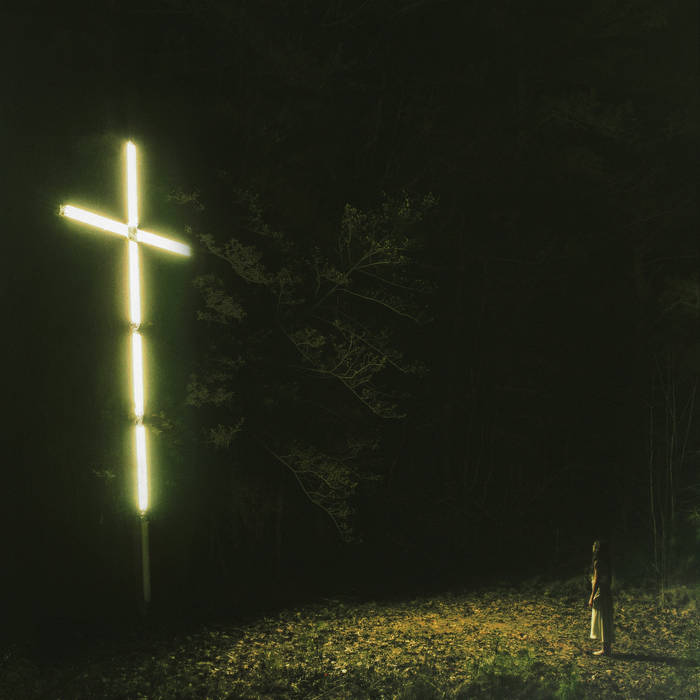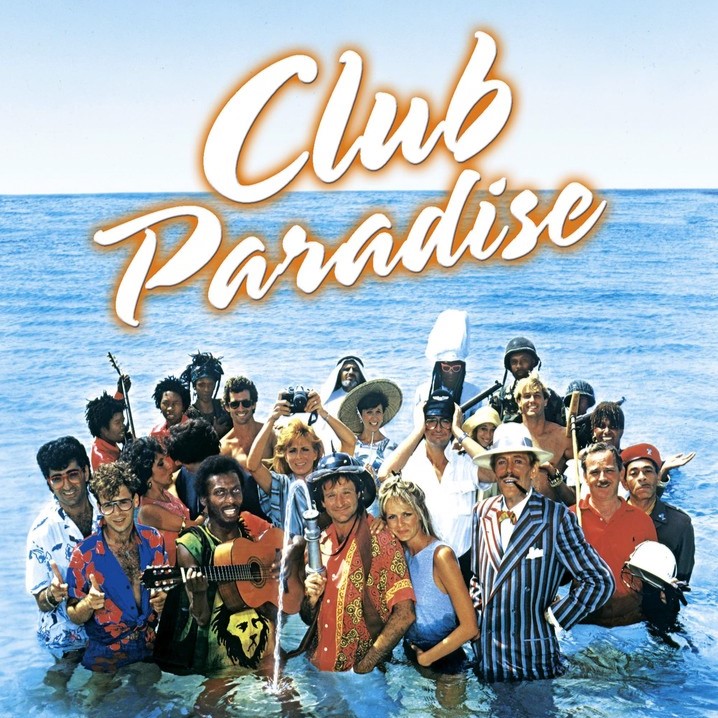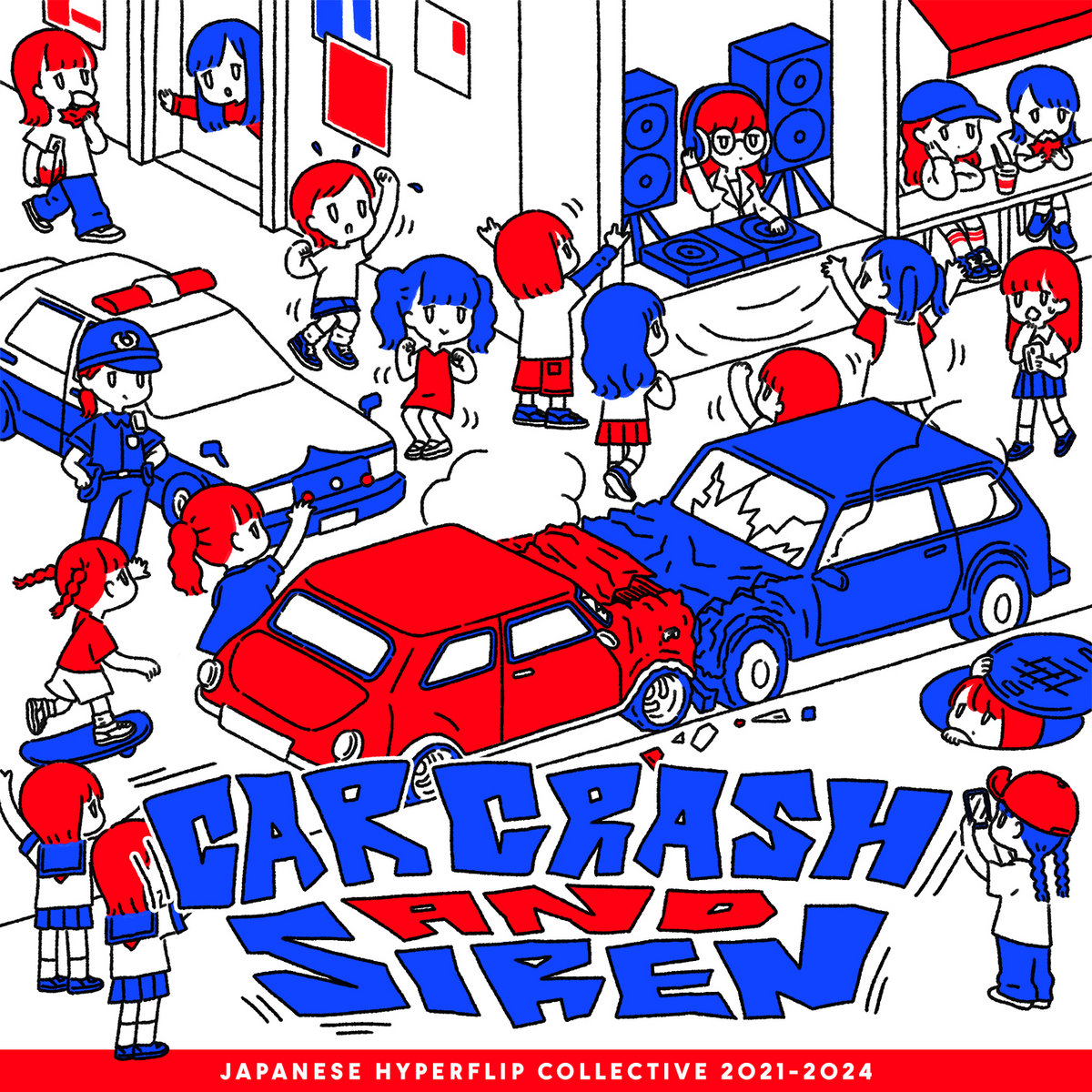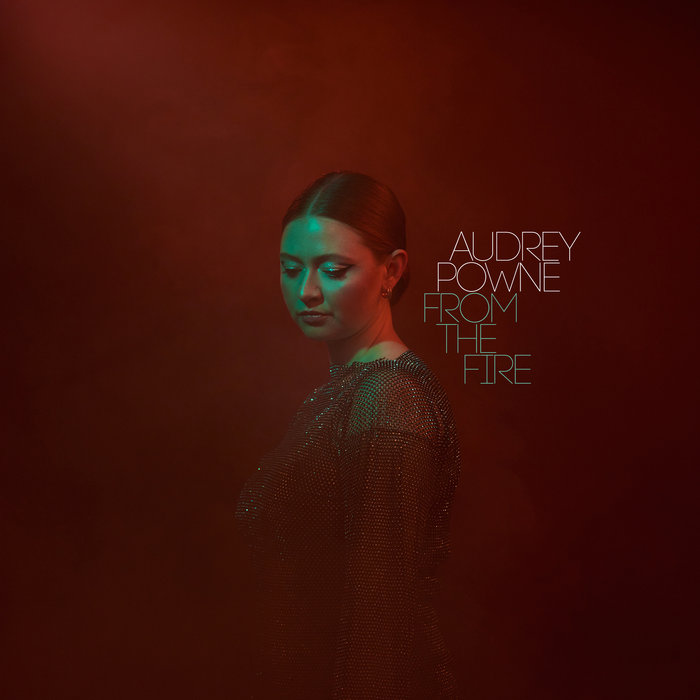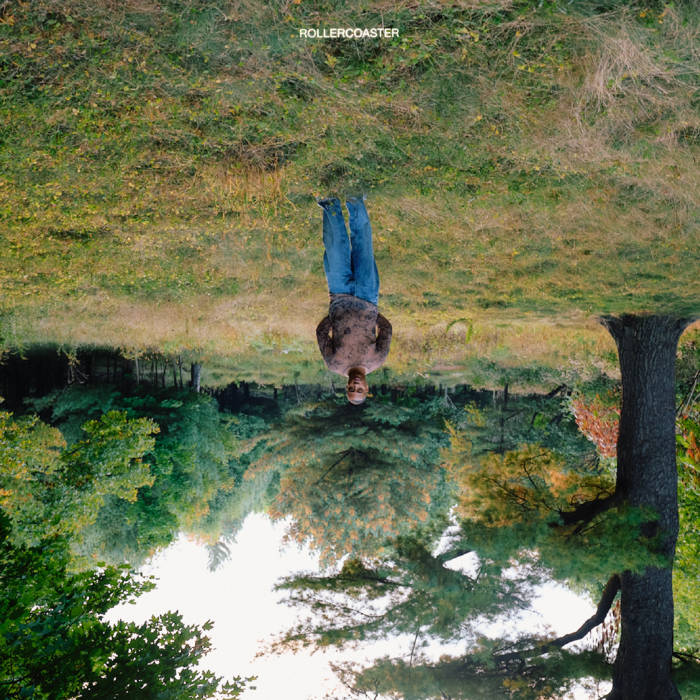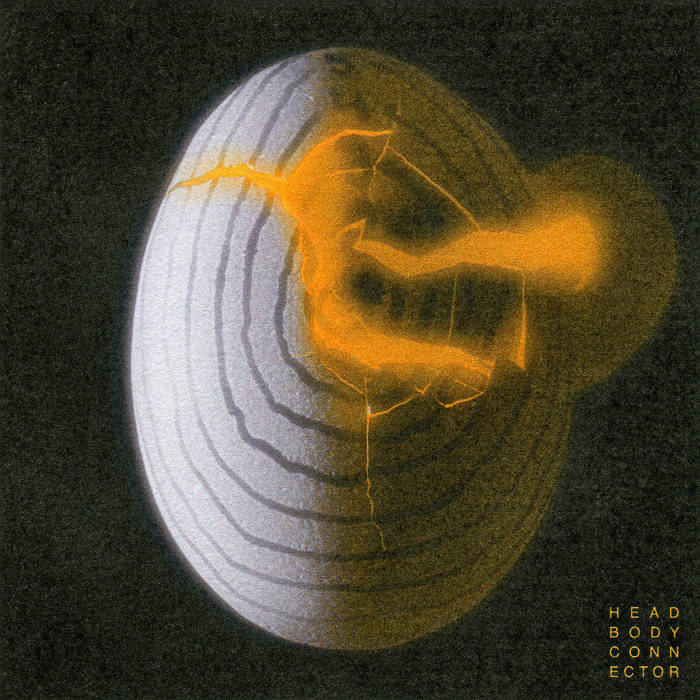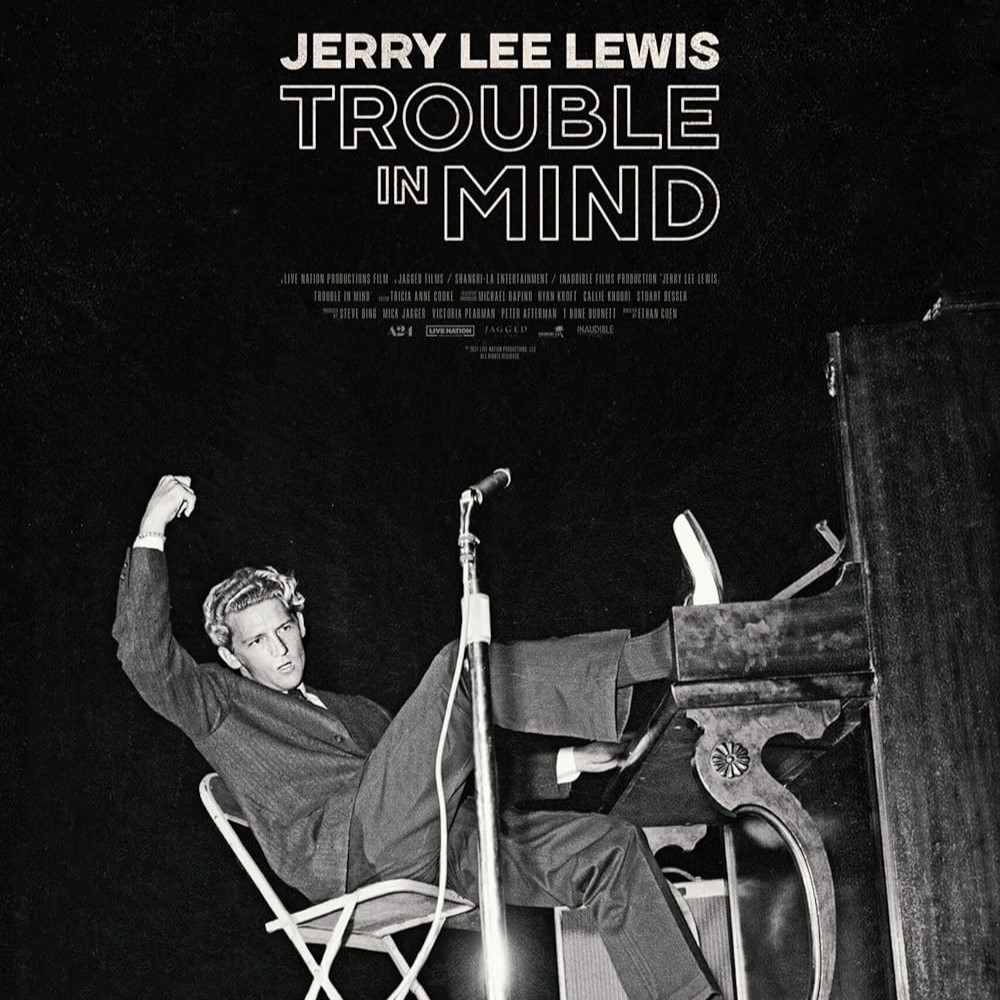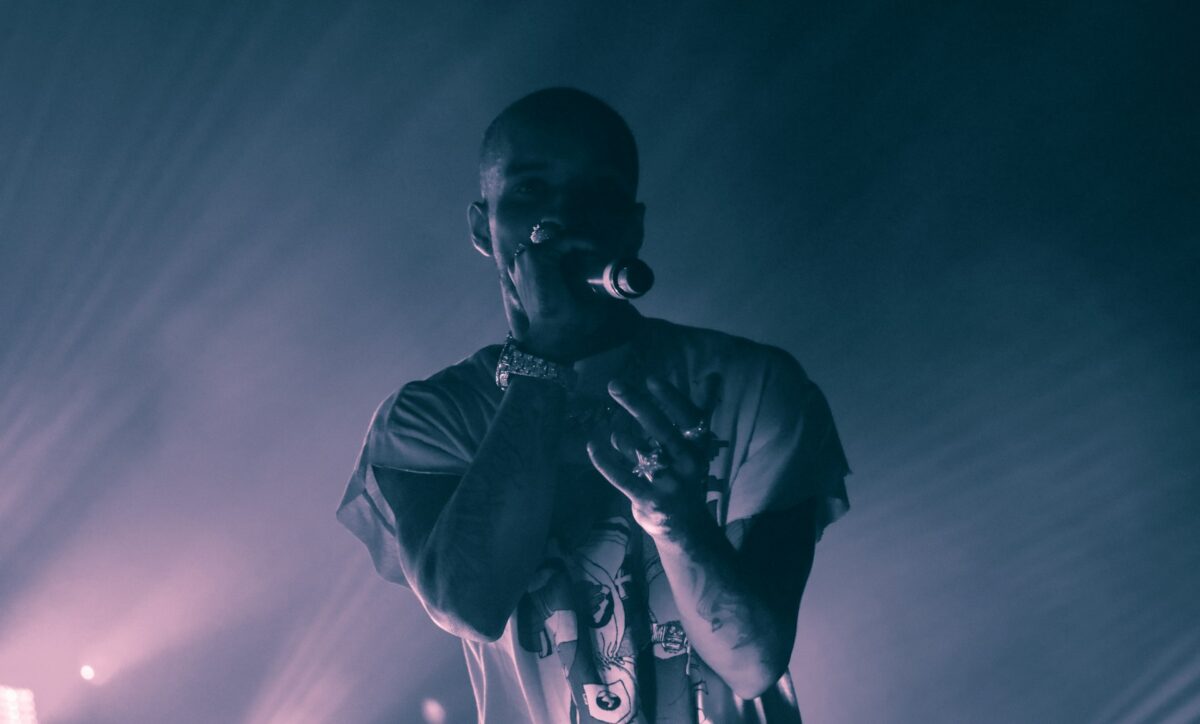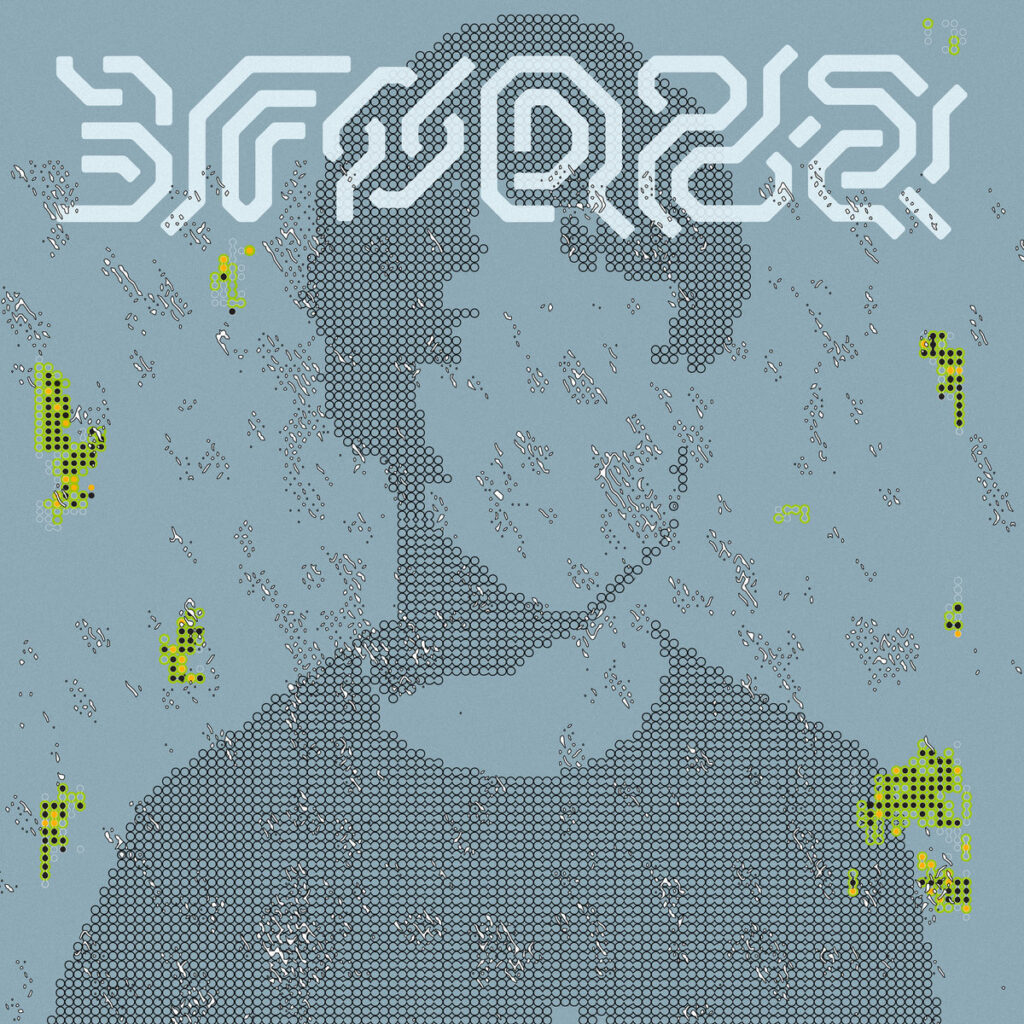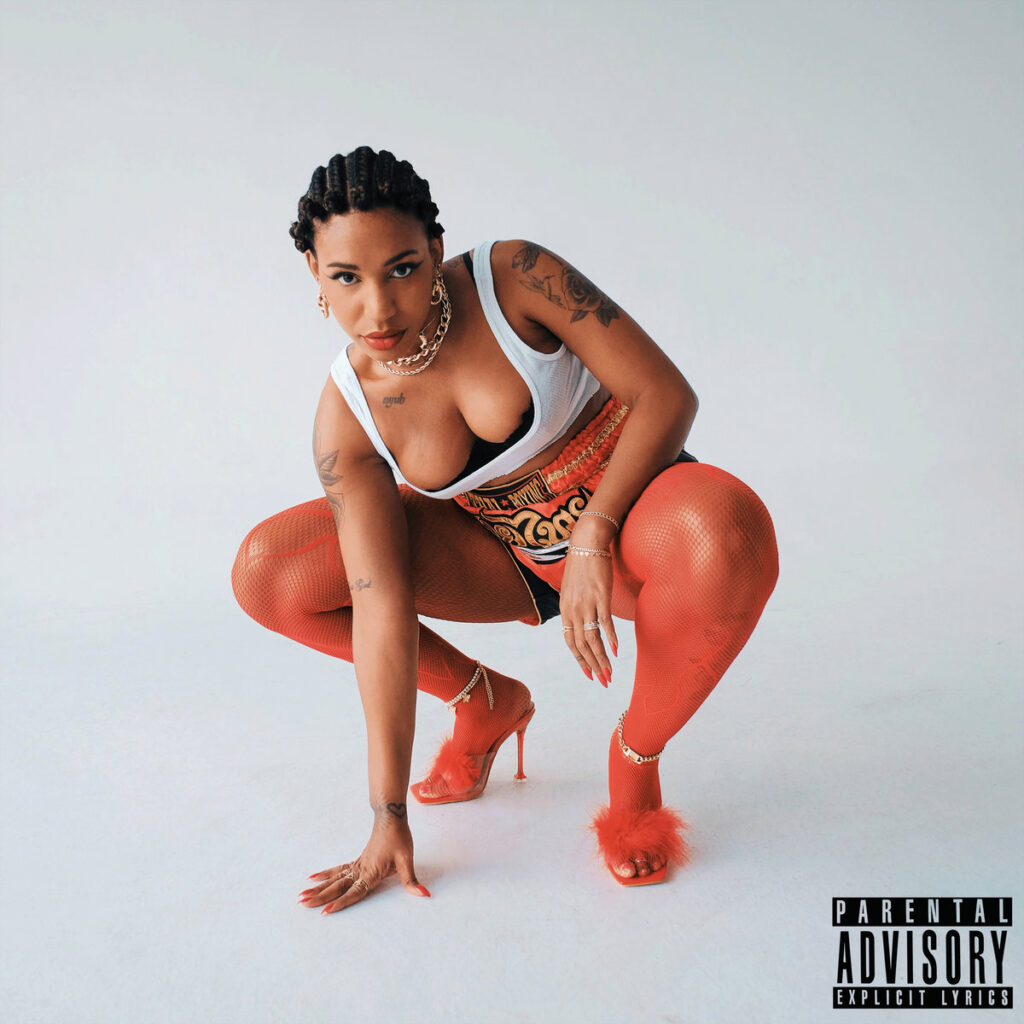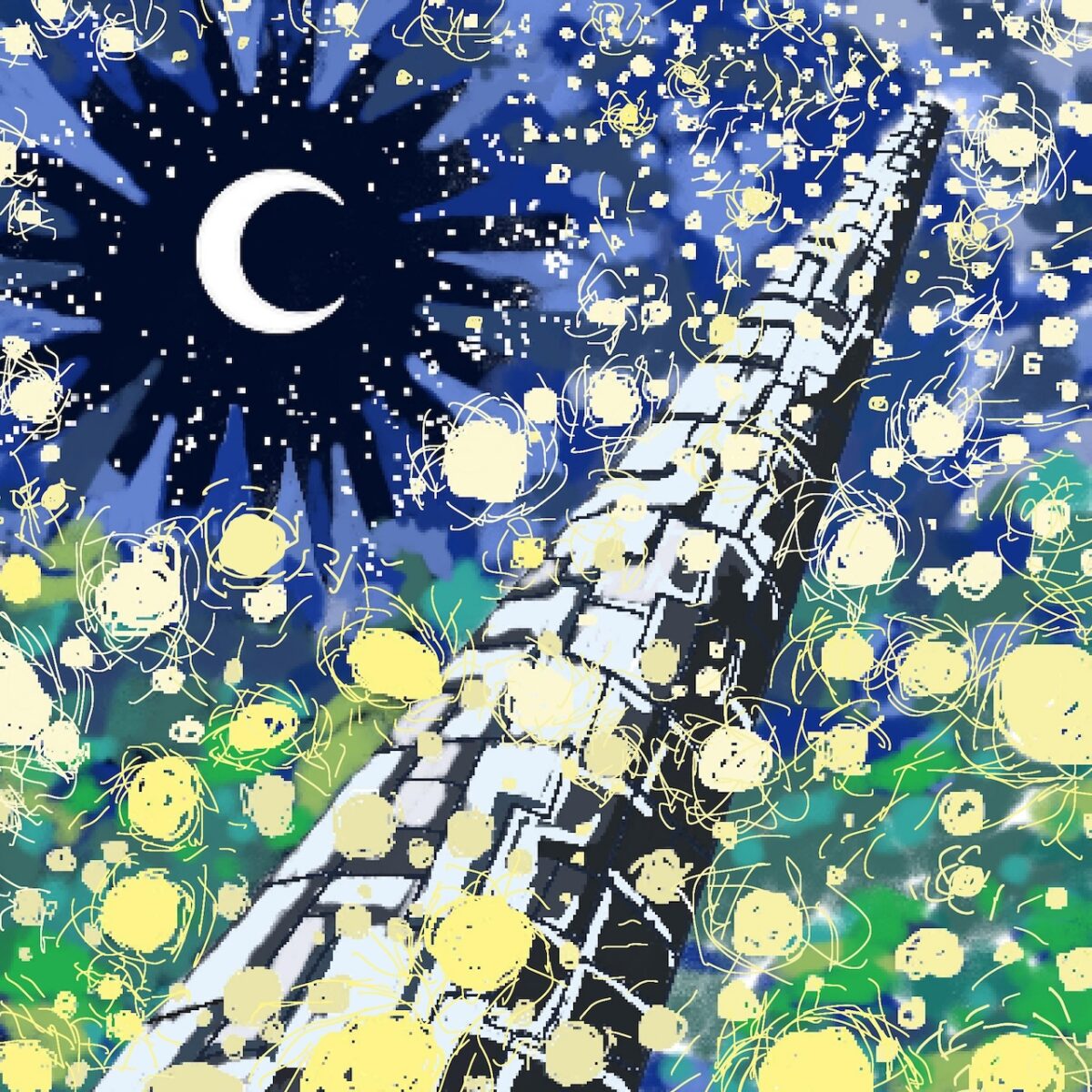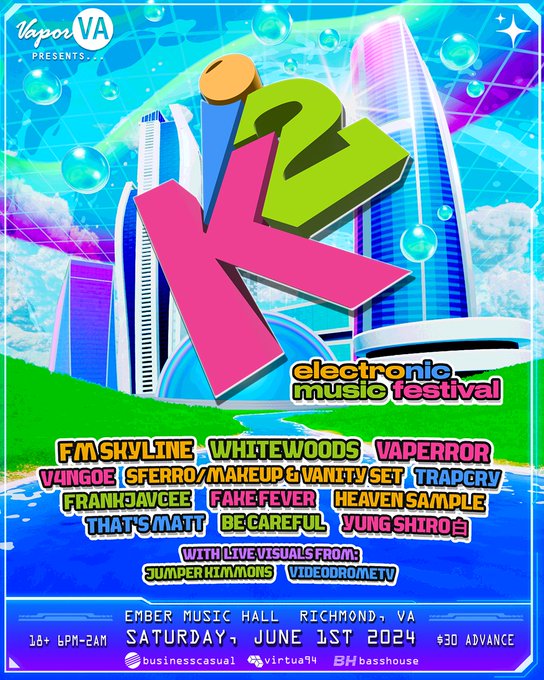This past weekend, I took a drive out to Richmond, Virginia to go experience what is likely the most surreal concert (or festival) I’ll ever attend.
Around the beginning of the year, prominent vaporwave artists V4NGOE and Roge Corp conspired to create the VaporVA collective as a means of bringing more vapor related events to Virginia. The i2K festival would serve as the very first live event they would organize, being hosted at the Ember Music Hall in downtown Richmond.
I can’t exactly recall how I had heard of the event initially, I just remember seeing a collection of some of the most well-known vaporwave artists all coming together in one place. The festival gathered 12 artists in one night for about thirty dollars, so it just seemed economical to go, honestly. With that said, I did hesitate for a while to get a ticket as I couldn’t find someone to go with. I was eventually able to convince a friend of mine who flaked on me prior to go with me though, so I wasn’t alone this time.
The event was centered around the artstyles and vibes of the late 1990s and early 2000s, as is visible on the artwork of the promotional flier. In an effort to play along with this, I tried to dress the part as well, wearing a t-shirt with a faded print of the mythical Pokémon Mew. In all seriousness though, the theming around the event did play a big role in my overall experience thanks to the visuals that were provided, which I’ll discuss in it’s own paragraph.
The drive up to Richmond could likely be it’s own story in and of itself, solely based off the conversations you’re more or less forced to have when starting at nothing but open road for a hundred miles. The same held true for the ride back, but with a few extra steps. I tried to prepare a playlist for both trips containing my favorite songs from around the early 2000s as well as plenty of vaporwave. I especially remember VAPERROR being cued a good number of times, as he was likely the one I was most excited to see on the lineup.
After a two and half hour journey, we arrived in Richmond a bit before the venue’s doors opened. Upon opening, we were greeted by a bunch of vendor’s tables from the various artists who were performing in addition to some labels. As a token of appreciation for my driving, my friend who I was with got some merch for me, including a secondhand cassette copy of “Night Coverage” by Meteorological Agency, a solid signalwave album. Aside from the merch, a couple of vendors had some CRT TVs set up with game consoles, which may or may not have distracted us through some of the first set.
We would eventually make our way to the stage after perusing around for enough time. The first artist we saw in full would be that of Heaven Sample, who played a variety of electronica during their set. While it didn’t exactly appeal to me, I came to respect them more when I heard them accompany several of the following artists with live drumming.
During much of Heaven Sample’s set, I found myself moreso distracted by the visuals that had been set up both behind the stage and on a large screen off to the side. I might have the mind of a toddler, but it was just something about those displays that felt hypnotizing. The overly saturated colors, the flashing text, the mirrored and manipulated clips of old commercials, it was all just enamoring. It was honestly my favorite aspect of the whole concert, and it weirdly kept me both distracted from and focused on the music, it’s hard to explain.
The next artist to play was that of BECAREFUL, who played a set of deep house remixes of some familiar 2000s hits. Their set felt most in character for the event when you only really focused on the music. It was relaxing and chilled out, but quite danceable too, as deep house sets usually go. The energy honestly felt a little scattered, and I wasn’t sure what to expect from taking a genre like vaporwave and putting it into a live format.
The next artist to come out, That’s Matt, would do the job of exciting the crowd some more with a set of some future funk tracks. Nothing exactly remarkable as the set wasn’t very long, just some fun tunes and a fun stage personality, rocking a rhinestone cowboy hat. Definitely got me ready for the next set.
I guess it’s understandable that the person hosting the event would want to hype everyone up as much as possible, and they definitely succeeded. V4NGOE’s set started out with a more hypnogogic sound, with trippy vocals similar to that of George Clanton. Funnily enough, his set somewhat mirrored that of the George Clanton concert that took place this past October. The energy kept gradually increasing until he quite literally just jumped into the crowd, causing a moshpit to start. Interestingly, I believe that V4NGOE was the only artist in the lineup that stuck to their artist persona. This is something I noticed as in some prior vaporwave events, many of the artists in the scene would choose to keep their identities hidden. It’s something that became a key aspect of the genre to a degree, so it was just curious to me. Regardless, their set ticked all the boxes for me, and it alone made me feel that it was definitely worth coming out here.
The next artist to perform, FrankJavCee, was one that I really don’t know how to describe. FrankJavCee used to be a content creator on YouTube some time ago, being most prevalent around 2016. I had spent a lot of time watching his videos that would comedically teach you how to create a certain genre of “internet” music. Of course, vaporwave and it’s subgenres were heavily discussed. If I recall correctly, he’s since ceased to upload onto his channel and has mostly minimized his social media presence. So, yeah, it felt strange to see one of my favorite content creators from eight years ago to come out on stage and start shredding a saxophone. Still though, it was a great set and a nice change of pace.
Perhaps YouTubers are going to become a theme here, with the next artist, Whitewoods, who isn’t exactly a YouTuber themselves, but gained a lot of traction due to their song Beach Walk being used in a good number of videos and being remixed several times. It could be said their music helped to bring vaporwave out of the niche esoteric corner of the internet it developed from. Their set was more stripped down as compared to the others, but felt easier to vibe to. It’s a different type of feeling to hear a song you’ve listened to for years and years be played live in front of you by the person who made it.
After Whitewoods’ set, it was time for VAPERROR to come out, and as I stated prior, I was more excited for him out of everybody. I genuinely would’ve payed to just see him alone. Around the time we got into the venue, I had spoken to him briefly about basic things like how much I appreciate his music, how much I play him on my sets, how he needs to re-issue some albums, stuff like that. His set was pretty much everything I had hoped for, consisting of tracks from all throughout his discography. I’d say the highlights were some of the remixes from his collaborations with vaporwave giant Telepath. Overall, very bouncy, I was indeed bouncing. However, before his set came to a close, he broke out a couple of unreleased hardcore tracks with artist Sage Hardware, and I never would’ve expected that one of the most intense moshpits I’ve ever been in would come from a vaporwave concert. My friend who I was with nearly had to sit the rest of the festival out in the aftermath of it. When all was said and done though, we both agreed that that set alone made this one of the greatest nights of our lives.
We both needed to take a breather, so we missed a bit of the next artist, Trapcry, who was the most hip-hop and trap adjacent of the lineup. My friend didn’t exactly feel like moving all that much more, understandably, but I decided to hop back in the crowd and get hype one more time before the festival started to slow down. I’d say Trapcry also had one of the best stage personalities out of the lineup, and just brought non-stop energy for what I was able to enjoy.
With the both of us still extremely tired from the pit, we decided to watch the next set, which was Fake Fever, from a distance. He brought in a more ambient sound, which sent me into a trance as I watched corrupted footage of Halo 2 gameplay on the side screen. I do have to say that that pit absolutely did a number on both of us, who were majorly starved and dehydrated, and who also agreed to get food after the festival was over with.
The last artist that I wanted to see perform would be that of FM Skyline, who provided the perfect score for an end to my night. My friend decided to head back to my car early, but I stayed through the majority of his set, thankfully being able to hear my favorite songs from him. I would almost describe his sound as the tunes of a jukebox from a far future cyberpunk bar that’s attempting to mimic the styles of the 80s and 90s. I was aware that there were a couple more DJ sets to be played after him, but I decided to call it for the night, heading back to the car.
We began our drive back exhausted and beat up, but moreso ready for that 2 a.m. Cookout to hit. It definitely did hit. I got back home at about 5 a.m. and instantly whisked myself to bed and decided to let the signalwave tunes carry me to sleep that night.
I’m very excited to see the future events that VaporVA has in store, and while it could be a bit closer to Raleigh, I’m grateful that live vaporwave is starting to grow more and more, and it’s good to have some kind of “guide” for the east coast.

